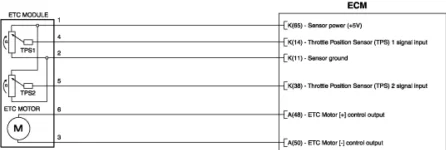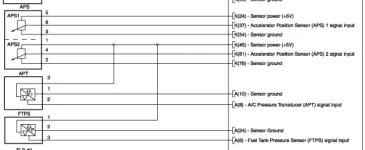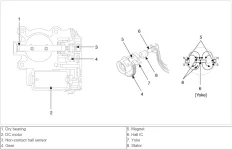chrev
Registered Member
Has anyone put a scanner on their car and noticed the throttle position sensor percentage when at WOT? While out enjoying a quarantine induced ride I noticed that if I floored both the accelerator pedal sensor and the throttle position sensor maxed out at 87.1. When at idle it is at 14.9ish. Can anyone confirm if the 87.1 is an expected value?
















